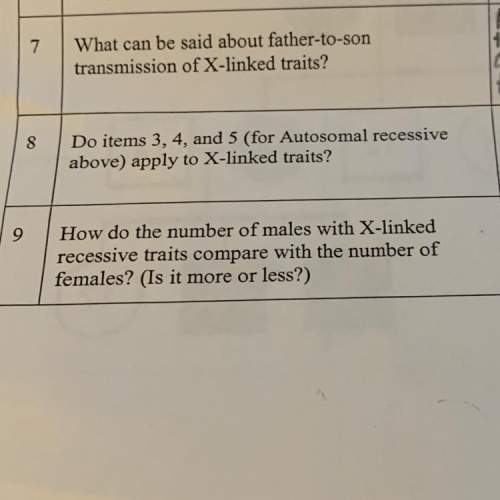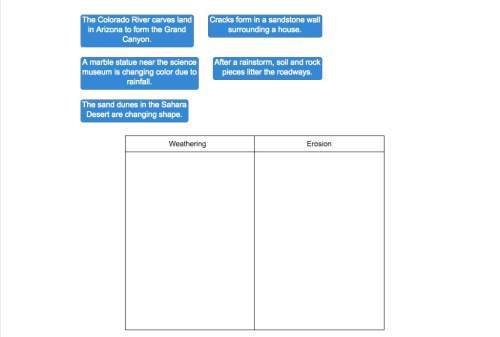
White nose syndrome (WNS) is a disease found in bats. The disease, first detected in bats during the winter of 2006, is characterized by the appearance of a white fungus on the nose, skin, and wings of some bats, which live in and around caves and mines. It affects the cycle of hibernation and is responsible for the deaths of large numbers of bats known as the Little Brown Bats.
In the last 6 years, the Little Brown Bats have begun to increase in population in the same areas they lived before. Which statement best explains this increased survival rate?
a. The bats needed to reproduce in greater numbers, otherwise they would have died out completely.
b. Most of the Little Brown Bats adapted immunity to the disease in their lifetimes.
c. The original decline in the bat population due to WNS was a natural occurrence and is part of a natural cycle.
d. A few of the bats possessed an immunity to the WNS disease and produced offspring that were immune.***
I think it's D but they all seem correct.

Answers: 1


Another question on Biology

Biology, 21.06.2019 15:30
1. label high-pressure areas with the letter h. 2. label low-pressure areas with the letter l. 3. over which area(s) would you expect to see rain or snow? 4. over which area(s) would you expect to see clear skies? 5. draw arrows around the h on the map to show the wind direction. 6. draw arrows around the l on the map to show the wind direction. 7. imagine that you live in maine. currently there is a high-pressure area over maine. if a low-pressure area moves in, how will the direction of the wind change? 5. draw arrows around the h on the map to show the wind direction. 6. draw arrows around the l on the map to show the wind direction. 7. imagine that you live in maine. currently there is a high-pressure area over maine. if a low-pressure area moves in, how will the direction of the wind change? 8. imagine that you live in colorado. currently there is a low-pressure area over colorado. if a high-pressure area moves in, how will the direction of the wind change? 9. according to the map, where would the strongest winds be expected? (refer to the lesson if needed.)
Answers: 2

Biology, 21.06.2019 16:00
The health, management and conservation of biodiversity, is a challenge facing ecosystems worldwide. the major factors that affect the health and function of the great barrier reef are climate change and pollution. which question investigates the effects of a biotic factor on the reef ecosystem?
Answers: 2

Biology, 21.06.2019 20:00
Y’all i need answers plss people are saying me and my brother look alike although we’re two different ages. one year apart i’m a girl, btw i’m thinking we could be fraternal twins idk my parents and my friends think we look alike
Answers: 2

Biology, 21.06.2019 23:10
(drag each tile to the correct location.) categorize each term as something that is typical of a scientific theory, a scientific hypothesis, or both. - a tentative statement used to guide scientific investigations. - makes predictions about future events. - can be tested by many independent researchers. - based on observations of natural phenomena. - a well-established, highly reliable explanation.
Answers: 1
You know the right answer?
White nose syndrome (WNS) is a disease found in bats. The disease, first detected in bats during the...
Questions

Mathematics, 15.07.2019 01:50

Mathematics, 15.07.2019 01:50




English, 15.07.2019 01:50

History, 15.07.2019 01:50

Mathematics, 15.07.2019 01:50

Mathematics, 15.07.2019 01:50


Mathematics, 15.07.2019 01:50


Mathematics, 15.07.2019 01:50

Social Studies, 15.07.2019 01:50

English, 15.07.2019 01:50

Health, 15.07.2019 01:50

Mathematics, 15.07.2019 01:50

Mathematics, 15.07.2019 01:50


Mathematics, 15.07.2019 01:50





